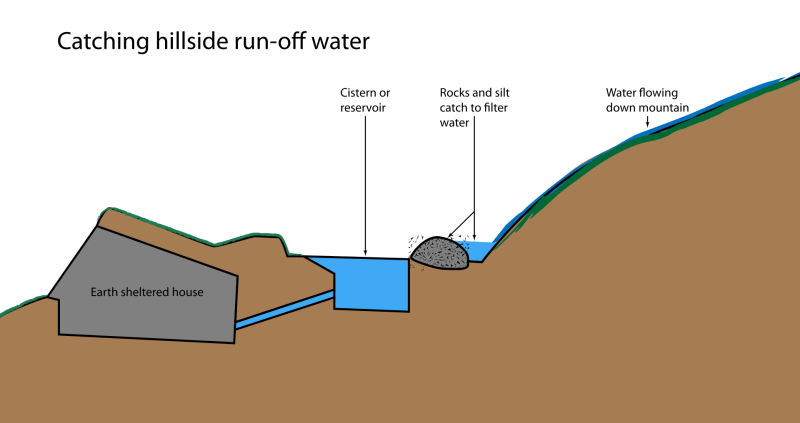Can Stormwater Harvesting Provide Relief in Looming Water Crisis?
20 November 2023
Australia is no stranger to drought, with climate change models predicting decreased rainfall in many regions in the coming decades. At the same time, population growth in urban centres continues to strain water supply infrastructure. In the face of this worsening water outlook, cities across Australia are looking at an unconventional solution – capturing and reusing stormwater runoff.
The Water Potential in Urban Runoff
Stormwater harvesting provides a localized and renewable water source that can supplement supply in water-stressed communities. As our capital cities expand, large expanses of impervious surfaces like concrete and asphalt prevent rainfall from soaking into the soil and recharging groundwater. Instead, this water becomes runoff that travels through storm drains and waterways, eventually draining out to sea. Stormwater harvesting puts this overlooked resource to good use.
How Stormwater Capture Systems Work
How exactly does stormwater harvesting work? Urban runoff is captured and diverted into designated storages like tanks and aquifers. The stormwater is then filtered to remove waste and debris before being reused for non-potable purposes like irrigation, industrial processes, and toilet flushing. The infrastructure involved includes absorbent landscape design features, rain gardens, permeable pavements, wetlands, and other water-sensitive elements.
A Shining Example in South Australia
Some locations have already implemented large-scale stormwater harvesting projects. One high-profile example is the $10 million City of Salisbury Stormwater Reuse Scheme north of Adelaide, South Australia. Operating since 2013, it captures stormwater from a 580-hectare predominantly industrial catchment. The water is stored in a 20 million-litre wetland and aquifer storage system before being pumped to sites for reuse. It provides an impressive 700 million litres per year, replacing the mains supply for activities like parklands irrigation.
Key Strategies for Expanding Stormwater Harvesting
Looking ahead, what are some key strategies to expand the use of stormwater harvesting across Australia’s urban environments?
1. Regulatory Change: Update policies at all levels of government to encourage and mandate the integration of stormwater capture infrastructure in new developments. Offer incentives for retrofitting existing buildings.
2. Funding: Increase grants for local councils and utilities to implement large-scale stormwater projects. Also, provide rebates for homeowners installing rainwater tanks.
3. Technology: Support further innovation in smart stormwater management systems, absorbent and permeable materials, wetland treatment, and aquifer storage.
4. Education: Run community awareness campaigns on the potential for stormwater reuse. Highlight successful case studies.
5. Partnerships: Enable collaboration between councils, water authorities, developers, and research institutions on integrated water management.
6. Monitoring & Targets: Track detailed data on stormwater volumes and quality and set measurable reuse goals.
7. Multipurpose Infrastructure: Design stormwater projects to also provide community green space, wildlife habitat and flood mitigation.
Let Stride Consulting Engineers Design Your Stormwater Harvesting Project
Stride Consulting Engineers can deliver custom stormwater solutions and we have the expertise to help councils, developers, and communities implement smart and sustainable stormwater harvesting infrastructure. Get in touch today!
Our cities hold untapped water potential in the form of stormwater runoff. However, innovative thinking and integrated management are needed to turn the nuisance of urban flooding into a valuable supplement to water supply. As climate change bites, stormwater harvesting represents a locally accessible and sustainable source of water that can build resilience. With the right strategies and policies in place, Australia can transition traditional concrete jungles into “sponge cities” that absorb rainfall and redirect it for many uses.
Optimized by: Netwizard SEO
